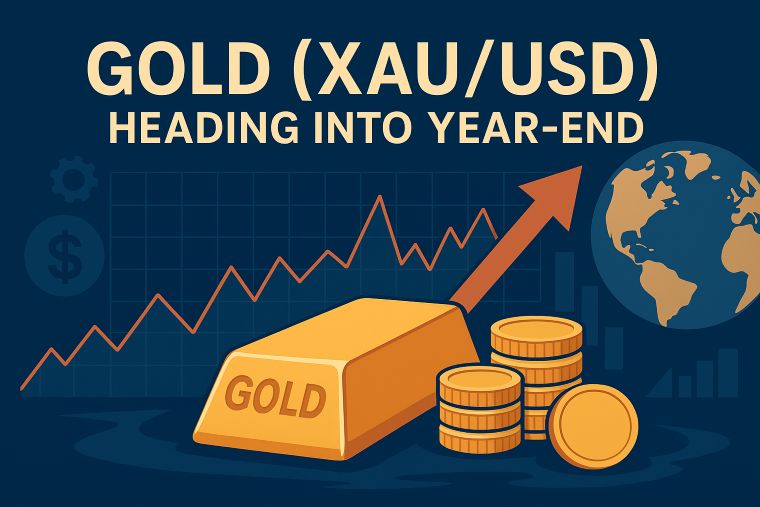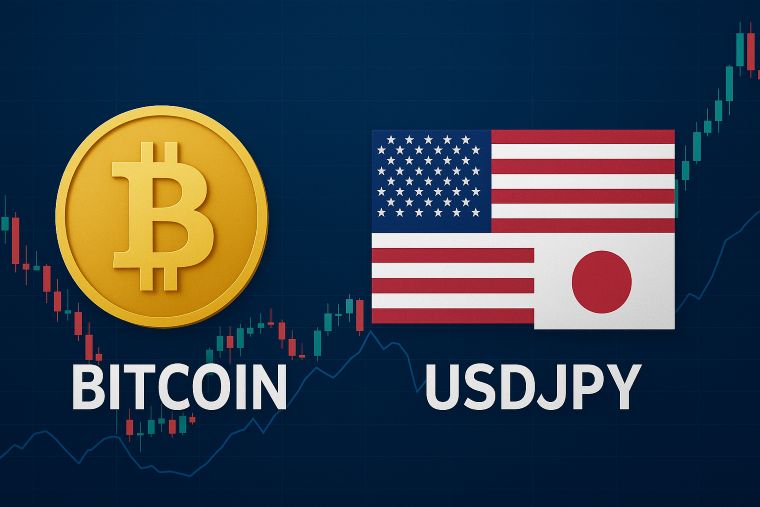3 min to read
The USDJPY once again breached the 150-yen mark
although the journey was marked by intermittent fluctuations in the lower 150-yen range.

“The USD/JPY once again breached the 150-yen mark, although the journey was marked by intermittent fluctuations in the lower 150-yen range”
The market dynamics were influenced by the release of robust U.S. housing indicators, coupled with a lackluster performance in the 5-year bond auction. These factors collectively contributed to an uptick in U.S. bond yields, thereby propelling the USD/JPY back into the 150-yen territory.
In contrast to recent episodes of rapid sell-offs, this time the exchange rate has exhibited a higher degree of stability. However, an air of caution lingers, stemming from the ongoing speculations surrounding the Bank of Japan’s deliberations on Yield Curve Control (YCC) adjustments at its forthcoming decision meeting. These deliberations are set against the backdrop of a resilient U.S. economy.
Market experts have underscored the mounting of yen hedge positions as a safeguard against potential developments related to the Bank of Japan. Conversely, should the Bank of Japan refrain from making any adjustments, the rapid unwinding of these positions might induce yen depreciation. Given the current subdued market volatility, the Ministry of Finance’s intervention lacks justification and market concerns regarding such interventions have diminished.
Furthermore, there are high expectations surrounding the forthcoming ECB council meeting and the release of U.S. GDP data, both of which may serve as catalysts for a rally in the U.S. dollar. Notably, U.S. GDP data is anticipated to be robust, with economists consistently revising their estimates upward. The consensus points toward an annualized quarter-on-quarter growth rate ranging from approximately 4.3% to 4.5%. Nevertheless, a significant outperformance against these expectations could elicit a heightened market response, particularly in tandem with the ascent of U.S. bond yields.
Within the Eurodollar realm, the exchange rate exhibited fluctuations within the 1.05-dollar range. While the prevailing trend of U.S. dollar buying has displayed signs of tapering, the Eurodollar has shown preliminary signs of a rebound. However, it continues to face resistance upon approaching the 1.06-dollar threshold, resulting in an encounter with selling pressure. Today, the 21-day moving average is hovering near the 1.0560-dollar level, signifying a pivotal point of focus in the immediate context.
The impending ECB council meeting is widely anticipated to culminate in a decision to maintain the status quo. Limited references to interest rates are expected in both the official statement and ECB President Lagarde’s press conference. However, the Euro may come under pressure if President Lagarde underscores mounting concerns regarding the risk of an economic downturn, geopolitical tensions, and the rapid escalation of bond yields as potential threats to the economy.
For the time being, the short-term financial markets perceive that the ECB has already completed its rate hike cycle, with the prevailing expectation being a commencement of rate cuts in the second quarter of 2024.
Concerning the GBP/USD, the currency pair experienced a descent into the lower half of the 1.21-dollar range today. The 21-day moving average for the day hovers in the latter half of the 1.21-dollar range, a level that has consistently served as a trading benchmark. Some analysts have posited that as the British economy rebounds from the expected economic downturn and investor sentiment turns bullish on the UK, the GBP/USD could ascend to 1.24 dollars by the end of 2024.
Nonetheless, in the immediate term, the robust U.S. economy and the surge in U.S. bond yields are serving as pillars of support for the U.S. dollar. Consequently, forecasts suggest a decline in the GBP/USD to 1.20 dollars by year-end. Both the Federal Reserve and the Bank of England are anticipated to embark on rate cuts in the second quarter of 2024, following a synchronized trajectory.
Lastly, today, the Bank of Canada revealed the outcome of its monetary policy committee meeting, in line with expectations by maintaining the current interest rates. The Bank of Canada has already wrapped up its rate hike cycle and transitioned toward a long-term high-interest rate stance. Nonetheless, the Canadian dollar exhibited a selling response, triggered by the Bank of Canada’s decision to push back the timeline for achieving its 2% inflation target from the mid-2020s to the latter half of the 2020s. Nevertheless, during the ensuing press conference, Bank of Canada Governor Macklem kept the possibility of further rate hikes on the table.
Visit XM Official Website.

